games engaging and what game designers do to create a great experience in games, and taking those learnings and
applying them to other contexts such as the workplace and education,” explains Kevin Werbach, a gamification
expert who teaches at the Wharton School of Business at the University of Pennsylvania in the United States.
C)It might mean monitoring employee productivity on a digital leaderboard and offering prizes to the winners,
or giving employees digital badges or stars for completing certain activities. It could also mean training employees
how to do their jobs through video game platforms. Companies from Google to L’Oreal to IBM to Wells Fargo are
known to use some degree of gamification in their workplaces. And more and more companies are joining them. A
recent report suggests that the global gamification market will grow from $1.65 billion in 2015 to $11.1 billion by
2020.
D)The concept of gamification is not entirely new, Werbach says. Companies, marketers and teachers have long
looked for fun ways to engage people’s reward-seeking or competitive spirits. Cracker Jacks has been “gamifying” its
snack food by putting a small prize inside for more than 100 years, he adds, and the turn-of- the-century steel
magnate(巨头)Charles Schwab is said to have often come into his factory and written the number of tons of steel
produced on the past shift on the factory floor, thus motivating the next shift of workers to beat the previous one.
E)But the word “gamification” and the widespread, conscious application of the concept only began in earnest
about five years ago, Werbach says. Thanks in part to video games, the generation now entering the workforce is
especially open to the idea of having their work gamified. “ We are at a point where in much of the developed world
the vast majority of young people grew up playing video games, and an increasingly high percentage of adults play
these video games too,” Werbach says.
F)A number of companies have sprung up—GamEffective, Bunchball and Badgeville, to name a few—in recent
years offering gamification platforms for businesses. The platforms that are most effective turn employees’ ordinary
job tasks into part of a rich adventure narrative. “What makes a game game-like is that the player actually cares about
the outcome,” Werbach says. “The principle is about understanding what is motivating to this group of players, which
requires some understanding of psychology.”
G)Some people, Werbach says, are motivated by competition. Sales people often fall into this category. For
them, the right kind of gamification might be turning their sales pitches into a competition with other team members,
complete with a digital leaderboard showing who is winning at all times. Others are more motivated by collaboration
and social experiences. One company Werbach has studied uses gamification to create a sense of community and
boost employees’ morale (士气).When employees log in to their computers, they’re shown a picture of one of
their coworkers and asked to guess that person’s name.
H)Gamification does not have to be digital. Monica Cometti runs a company that gamifies employee trainings.
Sometimes this involves technology, but often it does not. She recently designed a gamification strategy for a sales
training company with a storm-chasing theme. Employees formed “storm chaser teams” and competed in storm-
themed educational exercises to earn various rewards. “Rewards do not have to be stuff,” Cometti says. “Rewards can
be flexible working hours.” Another training, this one for pay roll law, used a Snow White and the Seven Dwarfs
theme. “Snow White” is available for everyone to use, but the “dwarfs” are still under copyright, so Cometti invented
sound-alike characters (Grumpy Gus, Dopey Dan) to illustrate specific pay roll law principles.
I)Some people do not take naturally to gamified work environments, Cometti says. In her experience, people in
positions of power or people in finance or engineering do not tend to like the sound of the word. “If we are designing
for engineers, I’m not talking about a ‘game’at all,” Cometti says. “I’m talking about a ‘simulation’(模拟) ,I’m
talking about ‘ being able to solve this problem. ’ ”
J) Gamification is “not a magic bullet,” Werbach warns. A gamification strategy that is not sufficiently thought
through or well tailored to its players may engage people for a little while, but it will not motivate people in the long
term. It can also be exploitative, especially when used with vulnerable populations. For workers, especially low-paid
workers, who desperately need their jobs yet know they can be easily replaced, gamification may feel more like the
Hunger Games. Werbach gives the example of several Disneyland hotels in Anaheim, California, which used large
digital leaderboards to display how efficiently laundry workers were working compared to one another. Some
employees found the board motivating. To others, it was the opposite of fun. Some began to stop taking bathroom
breaks, worried that if their productivity fell they would be fired. Pregnant employees struggled to keep up. In a Los
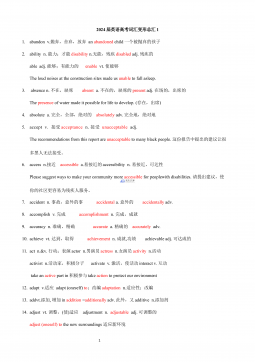
 2024-12-06 4
2024-12-06 4
 2024-12-06 11
2024-12-06 11
 2024-12-06 29
2024-12-06 29
 2024-12-06 26
2024-12-06 26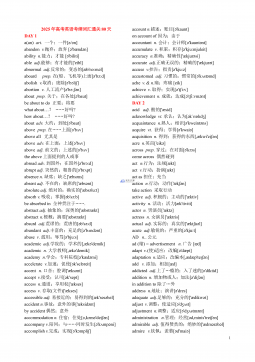
 2024-12-06 29
2024-12-06 29
 2024-12-06 11
2024-12-06 11
 2024-12-06 35
2024-12-06 35
 2024-12-06 12
2024-12-06 12
 2024-12-06 37
2024-12-06 37
 2024-12-06 26
2024-12-06 26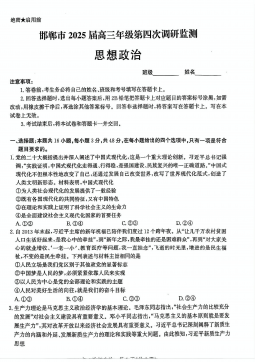

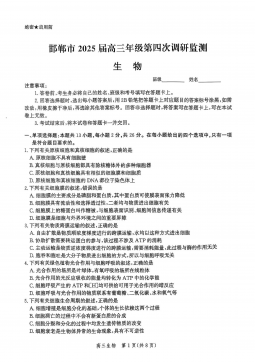
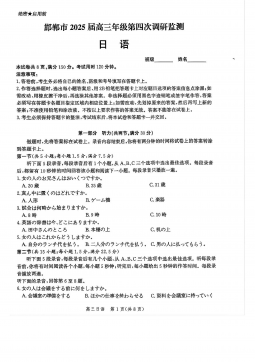
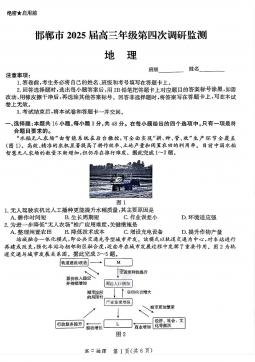




 渝公网安备50010702506394
渝公网安备50010702506394
